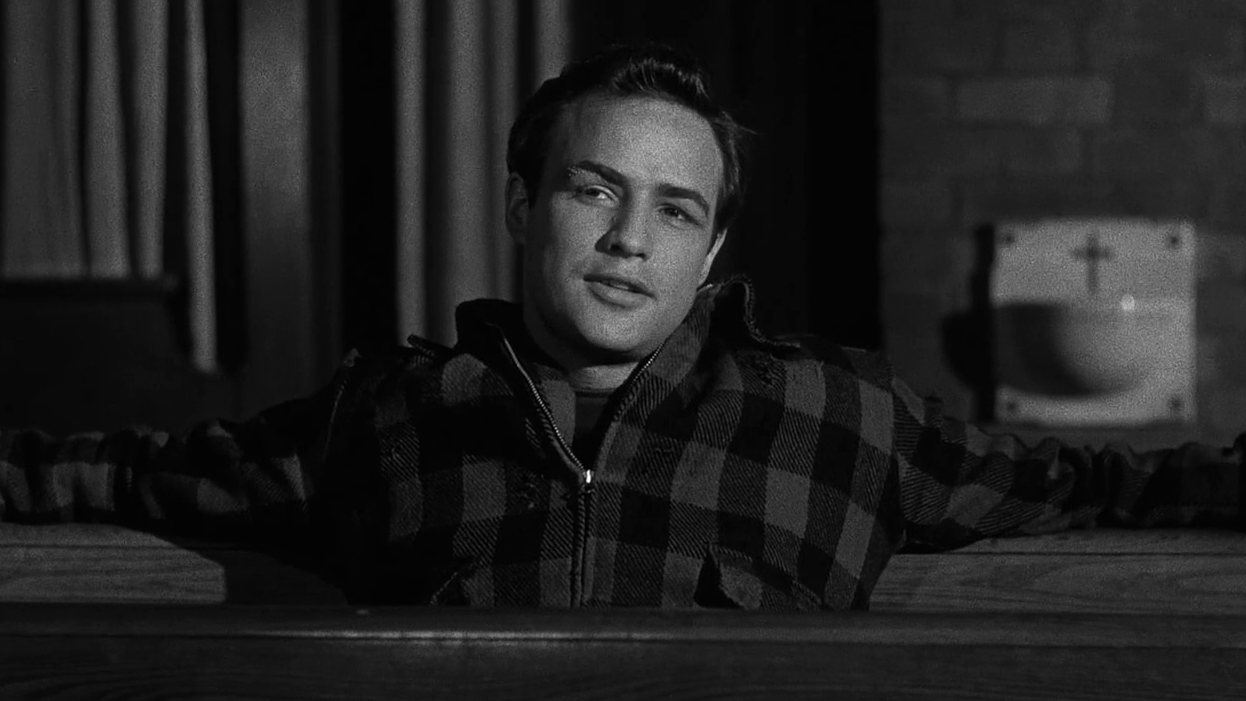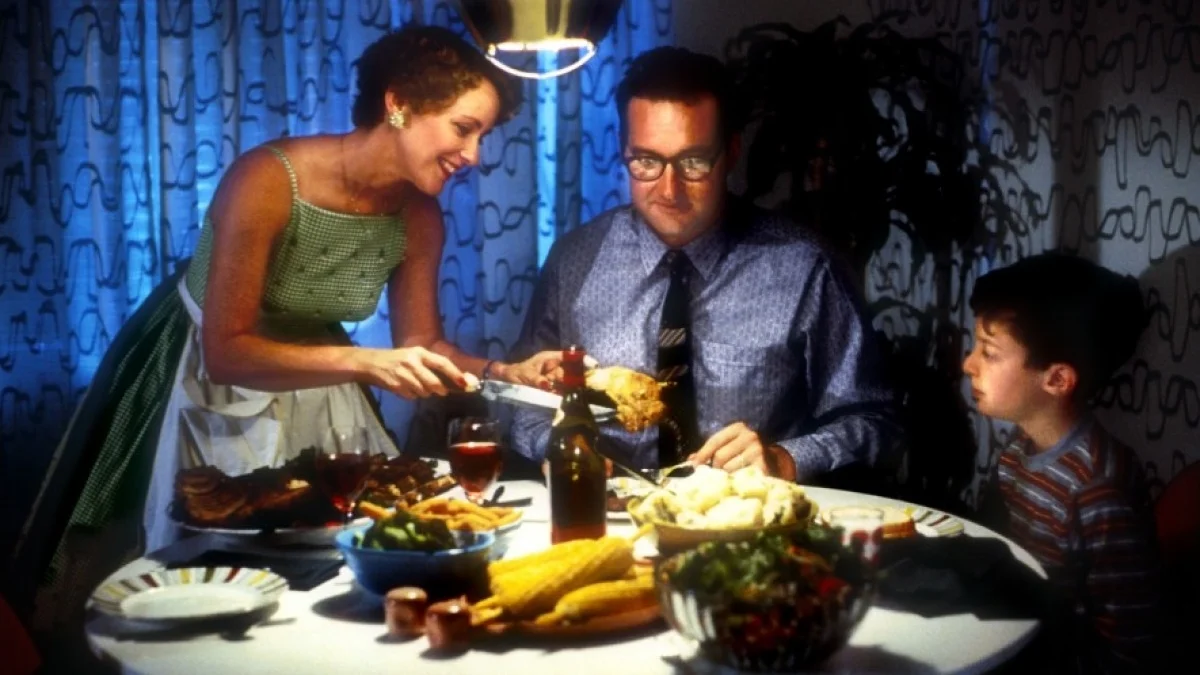Talk Film Summer Camp: Acting - On the Waterfront (1954)
Glad you could join us for this inaugural Talk Film Summer Camp, where we here at Talk Film Society take a film per day, and dive into what makes each one a great example of one aspect of filmmaking. What we’re hoping to do here is spark a deeper appreciation for film and filmmaking in readers who may want to know more about each facet, so they can approach cinema with a deeper understanding of the invisible work casts and crews put in to tell a story.
Hello, campers! Let’s start with a quote:
“An actor's a guy who, if you ain't talking about him, ain't listening.”
Uttered by Marlon Brando, one of the most iconic screen presences in the history of the movies, the line reeks of being fully aware of an actor’s position as a subject, the focus of the image, a roaming stone statue where the eyes of the audience search for familiarity in the movie star gaze above. Billy Wilder’s Sunset Boulevard comes to mind: “We didn't need dialogue. We had faces!” Since the beginning of cinema, people were subjects. And whoever were chosen to be these subjects eventually became known for their work. Icons synergized to life — soaking up acclaim because of collaboration and their personal guidance behind the camera and on the page. Charlie Chaplin, Lillian Gish, Boris Karloff, Jean Harlow; they’re just a few names in a series of vast pages of historical documentation found in the sights of early cinema, but their occupation was all the same. Step in front of a camera, “perform” (and this is extraordinarily vague, but intentionally so; whatever seems to fit the material, the intention, the process etc.), and provide a spirited, humane connection to viewers.
And, although Marlon Brando wouldn’t have necessarily liked to admit the romantic properties of being a screen actor, he undoubtedly fit the description. From high fame to activism, directorial efforts and an intense, unpredictable late-career; the man checked every box you’d expect and yet he rejected it all. If the mystery is alluring, then you’re coming to an understanding of why he eventually became such an icon, but it wasn’t mere jovial antics and odd quirks which drove his celebrity. He was also an incredible performer in front of a rolling camera, with an adept awareness of improvisation and a charisma which liquefied his propulsive, intimidating ease of gesture, movement, and conversation in any given moment. Anyone can watch him and find something to observe, whether it’s in the smooth texture of a ‘walk and talk’ page of dialogue or in a more structural motion of how he maneuvers his body for unspoken language.
On the Waterfront, directed by Elia Kazan, written by Budd Schulberg, and co-starring Rod Steiger, Lee J. Cobb, Eva Marie Saint, even Martin Balsam (!), is the supreme showcase of Brando’s talents, culminating in a force of an American work that is as poetic as it is bruising, as righteous as it is imbued with sin. A capital C Catholic film if there ever was one, On the Waterfront was a touchstone for Martin Scorsese as a young child as well as an Oscar smash, winning eight (including Picture, Actor, Supporting Actress, Director, Screenplay) and being nominated for twelve! The film is an undisputed classic. And guess what?
It’s all because of Brando.
Now, now, such a claim is buffoonery, but while you’re watching Kazan’s film, all you’re thinking about, and searching for, and observing is Brando’s portrayal of Terry Malloy. His mannerisms, his eyebrows, his riotous bursts of action and his gentle psychological brushstrokes; it’s a powerhouse of a performance which moves in the terrain of complete dominance of mise en scène, even going so far as to, in one pivotal scene, break down a locked apartment door through sheer strength (to be fair) as well as via the validity of his passion for the scene, the moment, and the emotion being evoked. This is screen acting at its finest — heightened yet perfectly composed in the frame in which it is reaching out of. Forget collaboration; Brando is the melancholic, limping central nervous system of the whole production, and everyone else is playing to his tune, even if association is an integral component. It’s what makes the rest of the film so exemplary, so outrageous and stirring and truthful — he believes in the material, the motion picture as an art form, and the process in which he conducts himself.
To watch Eva Marie Saint, in one of her finest roles, is to witness her in utter astonishment towards Brando’s ramblings as the other half of their professional dynamic. In one moment in the middle of the film, Terry and Edie crash a wedding and become entangled in an argument. As Brando runs through his dialogue like a photo-finish on the racetrack, Marie Saint frantically darts her eyes in amazement, in comprehension, in common respect for their craft and the creative height they’re forming together. In the small sight of two eyes and a face, you’re not seeing two characters, but two actors within a battle of action and reaction, and everyone wins, including the audience.










